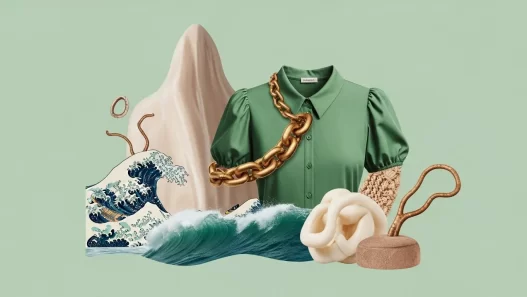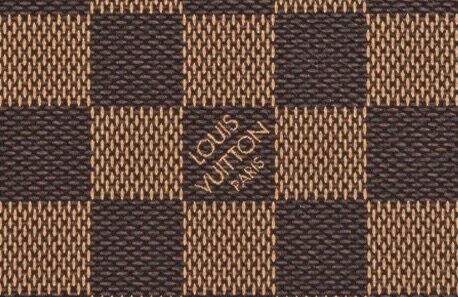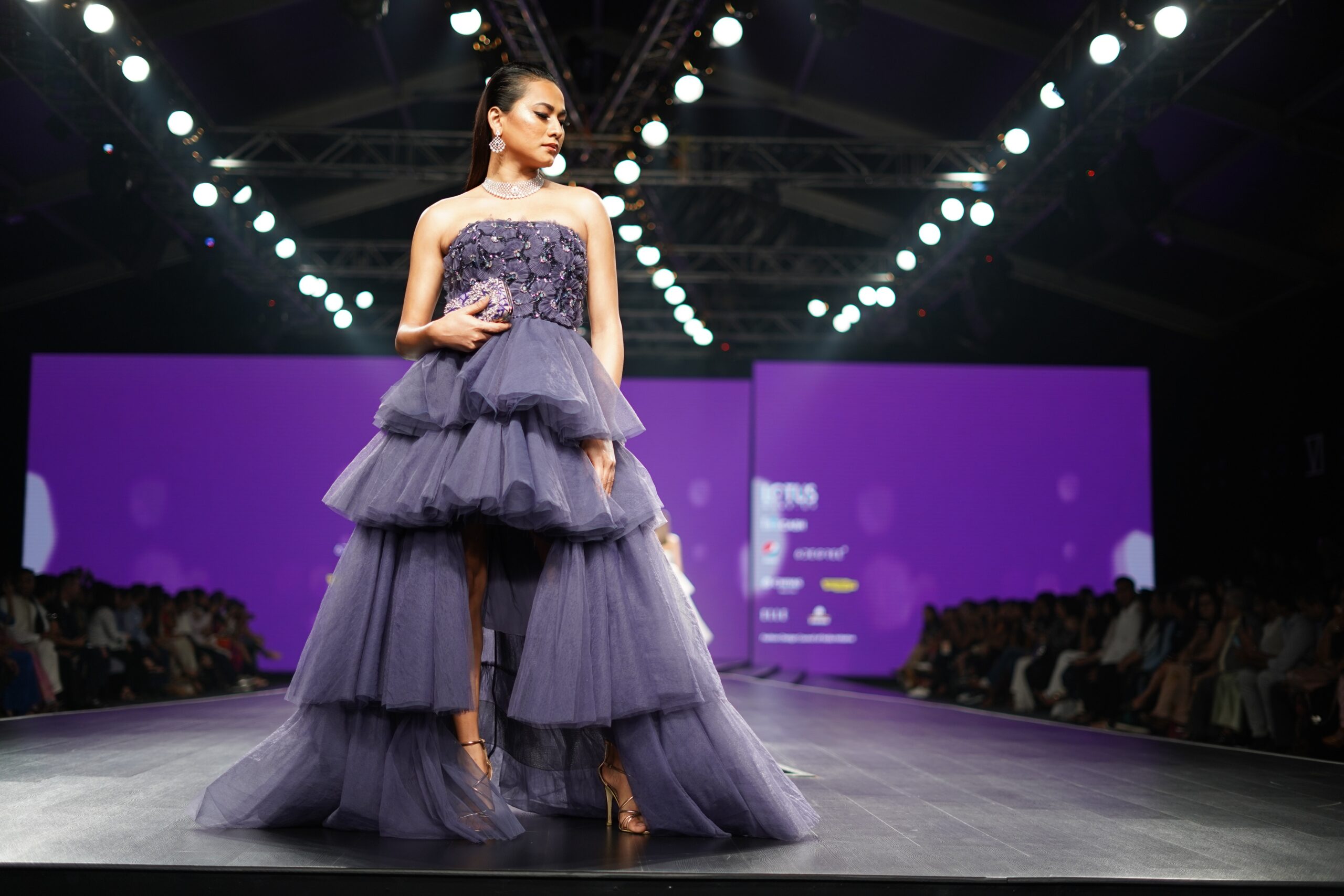“Fashion is like eating, you shouldn’t stick to the same menu”
Fashion is one of the most dynamic, creative and rapidly growing industry and change is inevitable.
It is truly agreed by many famous people in the fashion industry, if you’re looking to build “brand fame” you must pay attention to what’s happening on the runways. The fashion weeks are important as they set a trend for the current season and influence the upcoming seasons.
The fashion industry is expected to put up and execute four collections in a year (spring, fall, winter and pre-fall) and a few fashion weeks in a year. New York, London, Paris and Milan being some of the largest fashion weeks, there are a few over hundred other fashion weeks and fashion events going on around the globe presenting local fashion and trends .The fashion weeks cost a fortune to the brands, along with the digitalisation during this pandemic and being environmentally conscious we need to understand if these fashion weeks are really important to the brand.
Fashion is nothing but that evergreen process of evolution which helps not just individuals but the community as a whole to express themselves through a large platform. This is the only process that is dynamic as well as “goes back to time”. From the 1850s Paris had become the centre of famous and renowned fashion brands which kept growing heaps and bounds. A few brands started showcasing their latest styles on women and having fashion parades in the city. Overtime fashion parades became so famous that brands started hosting special events for which people had to pay to attend, this vaguely gave birth to the idea of fashion week. ”. In the early 1900’s the primary purpose of runway was about promotion and selling products which was then altered and impeccable new aspects were added that gave rise to the grandiose tangent.
Due to World War II it became difficult for people to travel to Europe to attend the fashion parades and events which resulted in the establishment of different fashion weeks around the globe.
One of the most glamorous and exhilarating experiences of fashion is “Fashion Week”. It was started back in Paris by Charles Worth when he came up with the idea of living mannequins. It was a project very close to his heart as it worked wonders for him when his wife modelled his creations in their salon. It was back in 1911 when living models were used as a regular part for the fashion promotions. Every individual loves to track everyday fashion and its through platforms like “Fashion shows” and “Fashion weeks” where people of similar aesthetics bond. It’s a medium of expression for the creator as well as the muse. Something that is hands down agreeable was said by Bart that “If you’re not known by the industry, the only place to really be launched is on a runway. Where else can you be in a room with the
Most influential people in the industry who can actually elevate your career? The top editors are there. The buyers are there. The press is there. Social media is there. What we do to promote a model is try to find as many opportunities for them as possible, and with a fashion show, you have the eyeballs of the industry looking right at you.”
From the traditional style to the modern world, the fashion industry has seen a tremendous difference in the execution of fashion weeks. The main reason for these fashion weeks, right from the start, was to attract customers to buy new clothing and make them feel a need to possess new styles by glamorizing the Fashion Weeks.
Today due to the expansion of the fashion industry and new talents we have not just the Major fashion weeks but hundreds of other fashion weeks to showcase their haute couture. Due to steep entry obstacles in the major fashion weeks many small brands who refuse to feel left out arrange and execute fashion weeks in different cities and during odd times of the year to attract the existing momentum created by the fashion weeks. These events have managed to attract quite a lot of attention and have become a major field for building new brands and finding new talents.
As it’s rightly said that no two men ever judged alike, it stands true even in the case of Fashion. Talking about a pro catwalk Marc Jacobs, who has begun labelling his clothing with the word “runway”. Nate Hinton, the founder of the public relations firm, The Hinton Group himself is a 100% for Fashion shows.[1]
Fashion weeks are a way for brands to connect to their audience and stay close with them while understanding the audience in order to plan future events for the brand. Brands can showcase their collection to buyers and other eminent personalities in the industry and the customer through the fashion weeks. The actual audience being just of buyers which are mostly retailers and eminent people from the press who would make a buzz for the brand and the new collection to the customers from the time of the fashion week till the time the collection actually hits the stores. It was important for the brands to impress the live audience as they are the ones who can help them make through the season. Although with the change in times and increasing social media presence of the brands, the showcase of the collection can be done directly to the customers.
For medium and small labels fashion weeks are a huge branding and marketing opportunity as along with their collection they can land various different business opportunities and partnerships. Bagging different and big opportunities for small brands helps them climb the ladder and put them on the radar of the people of the industry. Fashion weeks open new dimensions for brands, create new contacts and communicate their vision to the industry.
“For me the show is the only moment when I can tell my story” designer Dries Van Noten once told The Independent.” It’s the way I communicate to the world” [2]
“If I couldn’t do my shows, I wouldn’t want to be in fashion” designer Thom Browne told author Booth Moore in her book in American Runway. “I look at my shows as my responsibility in the world of design to move design forward. I think they are such an amazing way of a more interesting context to fashion” [3]
For designers and labels, fashion weeks are like unveiling a part of them to the world , the culmination of ideas and thoughts put into the collection which talks a lot about the brand and what the brand stands for. Being recognised and appreciated in a fashion week boosts new talent and upcoming brands to contribute towards the industry which eventually helps the industry bloom.
Runways are a creative boon that help the fraternity to showcase their potential to the fullest and aspire for more. It is true that every decade that fashion enters into, a digital strategy would be crucial, however the experience and talent incubation of a runway will always be unparalleled.
Clothing provides a fantasy during fashion week where a retailer would be keener to buy into a label that provided a positive show experience. It’s a platform that resonates with creative minds and translates the right vibe. Julien Dossena’s spring 2019 Paco Rabanne runway show was one that felt instantly important to showgoers and translated into sales.
Amazing collections, incredible models and beautiful dresses are different pieces of the same puzzle that when put together on a runway change the dynamics for the industry.
Today, with the evolution of the industry and technology, fashion weeks are not only photographed, filmed and documented but they are live streamed on leading social media platforms to directly reach the target audience and consumers. Fashion weeks have now evolved and taken the digital world as their main source of communication with their mass audience. By including fashion bloggers and content creators who dominate the social media accounts of the young generations in the fashion events, fashion brands pave their way through. By this the intention of fashion brands seems clear, channelize maximum attention possible.
We can say that social media is the future and will help the industry. Digitalization will be a crucial aspect for every event but nothing can replace the real life experience.
In the modern fashion weeks, some events are just dedicated to a particular theme or the brand’s expression over a particular topic. Some of the outfits of such collections are not available for the customers. Modern fashion weeks make particular styles which might not be used in daily life or by common man but just by models or influencers for their instagramable content to create awareness about the brand.
Fashion weeks have no longer been limited to the industry but due to the digital platform they have reached directly to the consumer, so brands need to think outside the box and create an everlasting effect on the consumer in order to make that 6 min show on the runway lives forever in their hearts.
However even though Fashion has been evergreen and blooming tremendously, it has been affected amid the pandemic. Luxury clothing houses have long valued direct personal interaction through their fashion shows and hence focus on reinventing the industry through digital channels. The onset of the pandemic has adversely affected the economy of the industry forcing designers to think in a fresh way. In September 2020, in Milan Jeremy Scott created a COVID safe fashion show which then eliminated both models and audience which was replaced by miniature marionettes and puppets. With the uncertainty of the future fashion calendars and a heap of challenges to overcome it brings us back to the question whether Fashion week is the only option to sustain the flourishing of the industry? It makes us question the necessity of Fashion week.
Fashion week is an incredible part of the industry but as we believe in evolution as the only way to progress, adaptability is the key for sustainability.
There would have not been a buzz of fashionistas zipping across the town but definitely through digital platforms we would be able to do justice to the essence of Fashion week. When it comes to giving it the personal effects, smaller runways with socially distant catwalks could help bring back the enthusiasm. For all we know that virtual runways would be the game changer we have been waiting for. The need of the hour is not just to recreate the vents but to rethink them. This may help the retailers to buy at their comfort remotely. To rethink the decade old models is the challenge put forth before us and emerging out of it would help us review new dimensions. Virtual runways would be the game changer the industry has been waiting for. The need of the hour is not just to recreate the vents but to rethink them.
Sources:
Vogue.co.uk- A Brief History of Paris Fashion Week
Pelle Sjoenell (2017, September 12) [Guest Post] Forbes
Marc Bain (2019, September 7) Quartz.https://www.google.co.in/amp/s/qz.com/quartzy/1702320/is-nyfw-still-relevant/amp/
Steff Yotka (2020, February 4) Vogue.
https://www.google.co.in/amp/s/www.vogue.com/article/what-is-the-future-of-the-fashion-show/amp


















